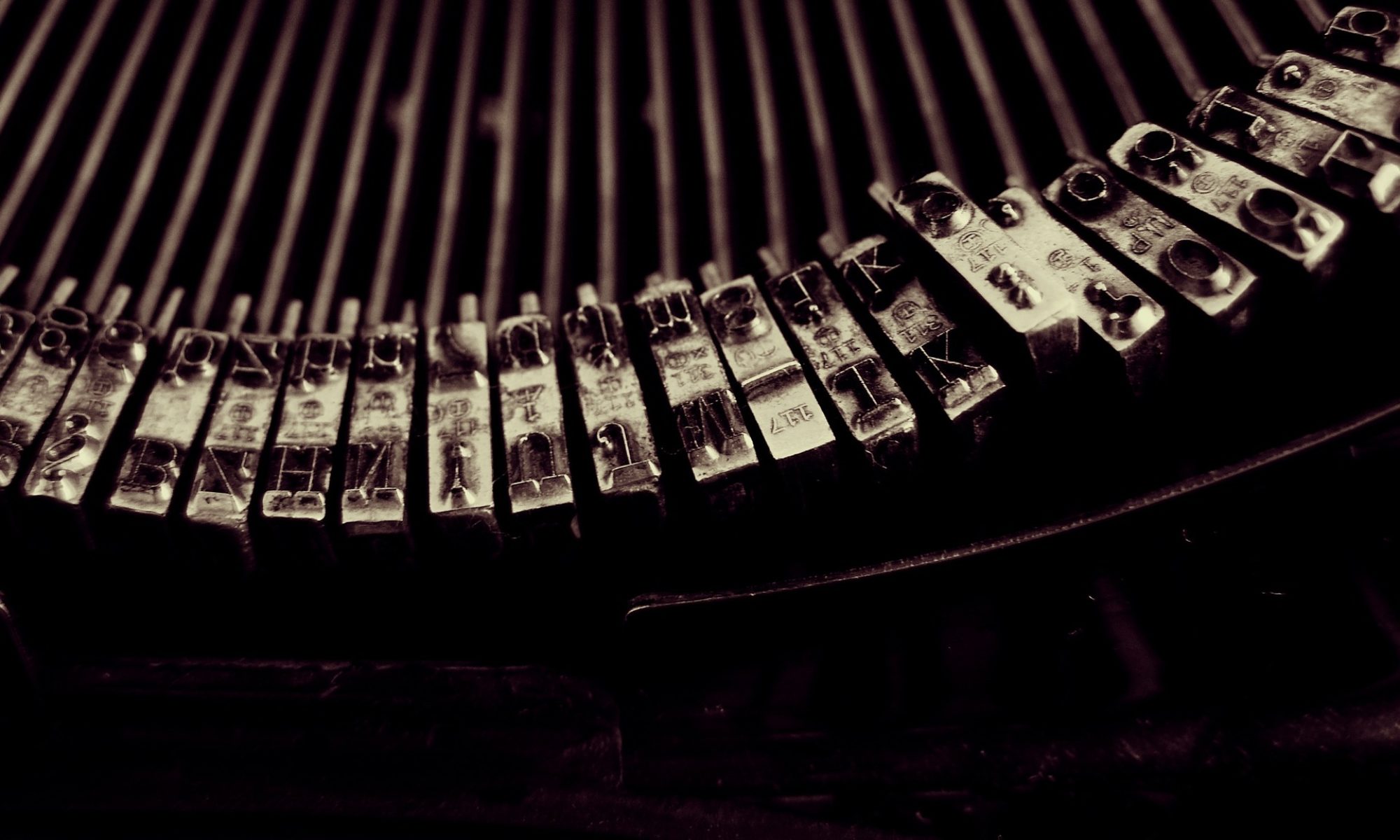
Today we’re going to consider some advice on editing our poems. Your daily (optional) poetry prompt involves, not writing a poem from scratch, but giving an existing poem a good once over.
Revision exercise. In her chapter on craft in the latest edition of Poet’s Market (an excellent resource I recommend that is full of articles on the business and craft of poetry, as well as a huge list of poetry competitions and publication opportunities), Nancy Susanna Breen gives a few tips for trimming your poems down at the same time that you bulk them up. Her first tip? Take yourself out of the poem. Resist the urge to act as a tour guide to your poem, narrating it with a lot of “I did,” “I saw,” “I felt” statements. (Oh, I am guilty of this!) Breen provides the following short poem as an example:
I step out into the frosty night air
and I feel the cold in my lungs. I look up
and see the moon surrounded by stars.
Somewhere in the distance
I hear a dog baying at the moon.
I’m aware of an emptiness in my heart.
Then she shows how much more immediate and direct the poem can be if you take out some of the first person singular references:
The frosty night air
is cold in my lungs.
The moon is surrounded by stars.
A dog bays in the distance.
My heart feels empty.
And then once you’ve taken yourself out of the poem in a very literal way, Breen asks you to put yourself right back into it, in all of the subtle and not-so subtle ways that makes poetry wonderful. She points out that the images in this poem are still pretty universal, the language pretty run-of-the-mill. Anyone could have written this poem. As an exercise, she asks her readers to completely rewrite the poem, using images and words that infuse it with their own unique voices.
Shall we give it a try? If we do it right, we will each write a poem about a cold night, the moon, and a howling dog, but each one of those poems will be absolutely different.
Here’s mine:
February
When the little interlocking pieces of frost
enter my lungs, zipper them shut.
When the moon, bloated grease-paint-faced queen,
holds court in a cloudless sky.
When silent stars wink from their places,
caught in a celestial game of musical chairs.
Not daring to move. Listening.
A stray unravels her canine soul,
unspooling it back to her wolf forebears.
Her howls, like theirs, a sounding out of empty spaces.
My heart, like hers, a tin can on a broken string.









